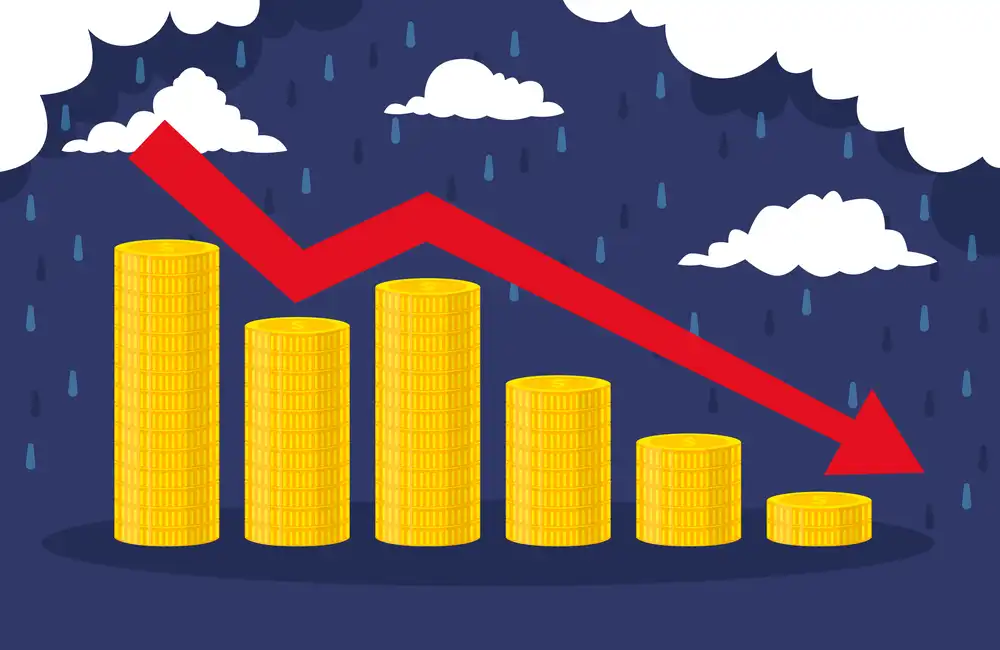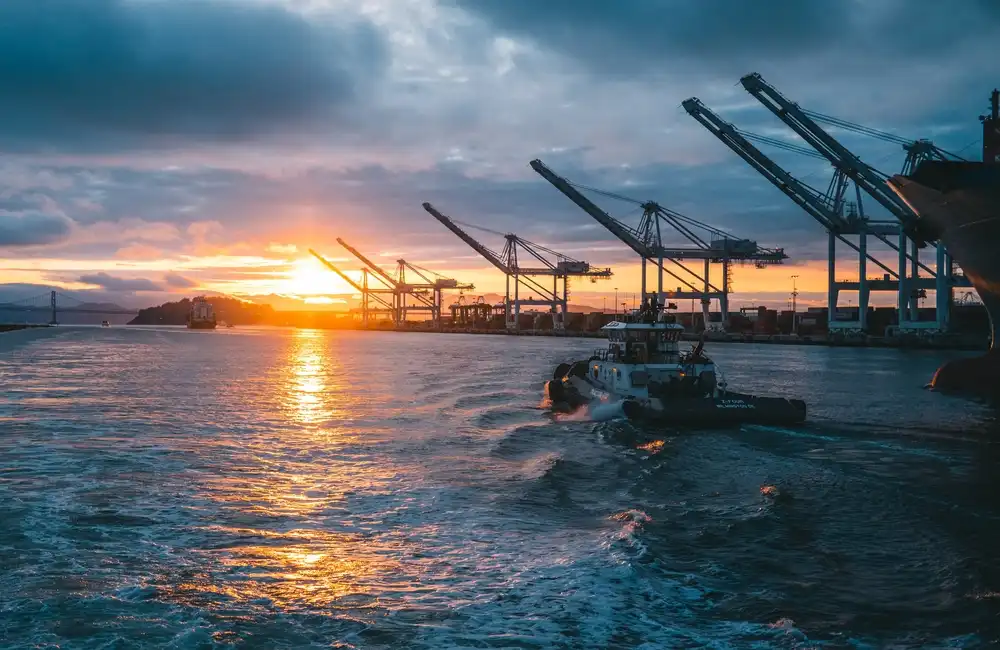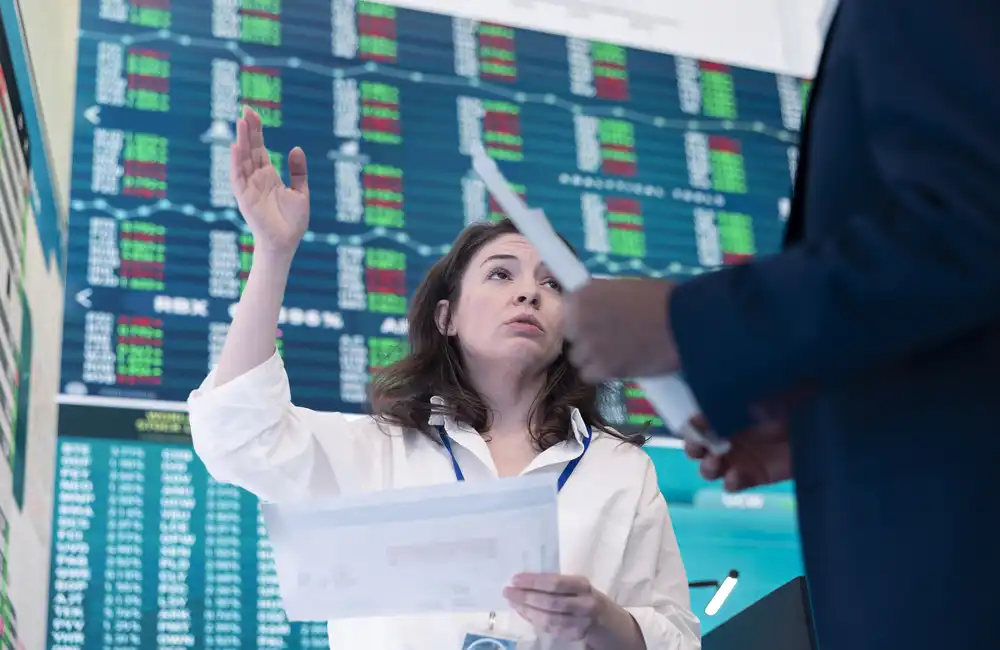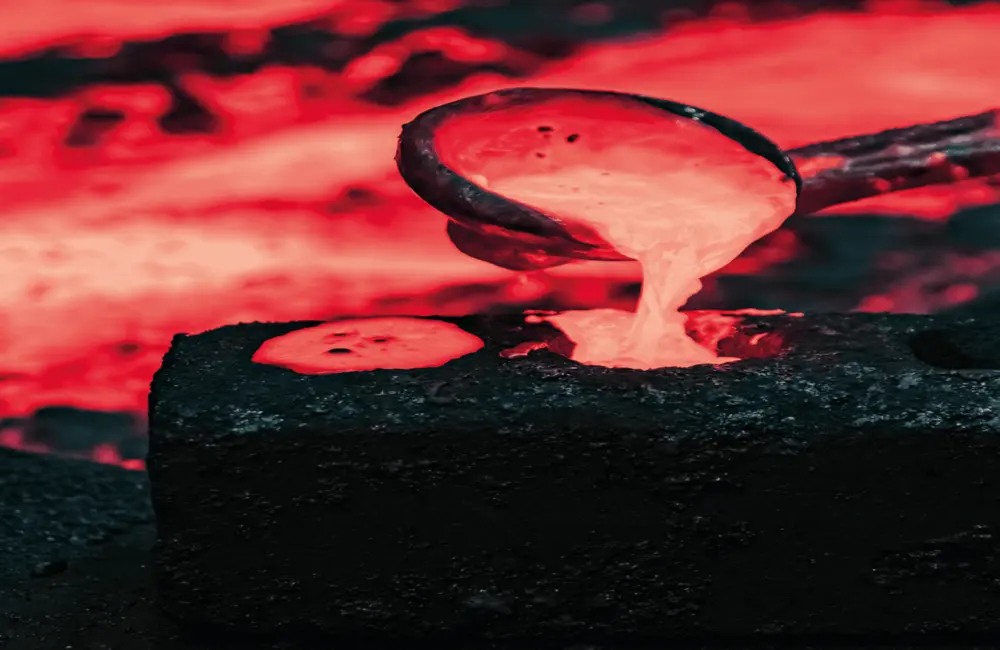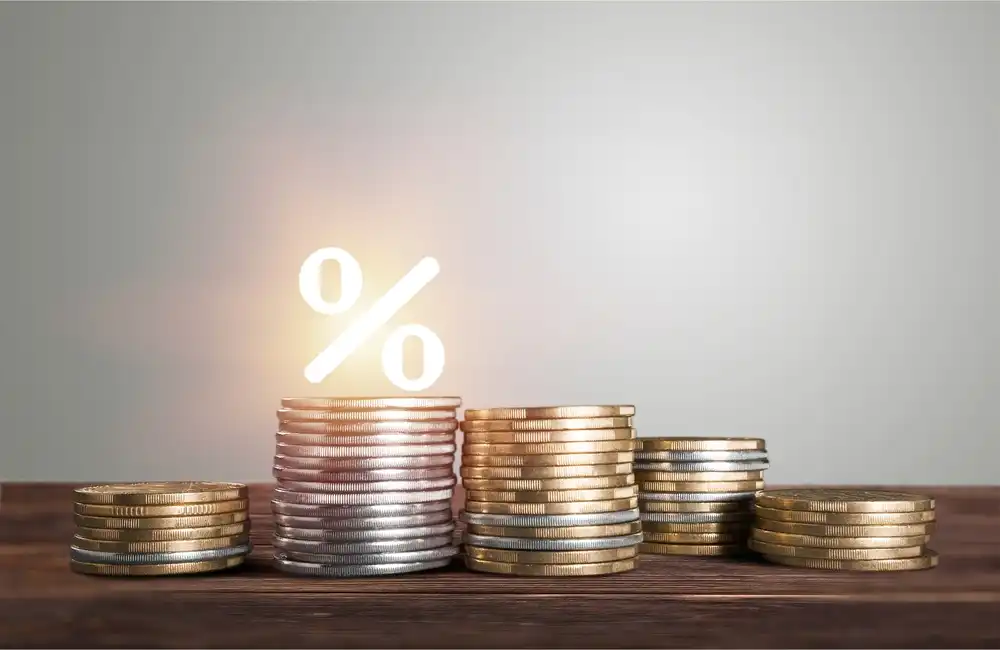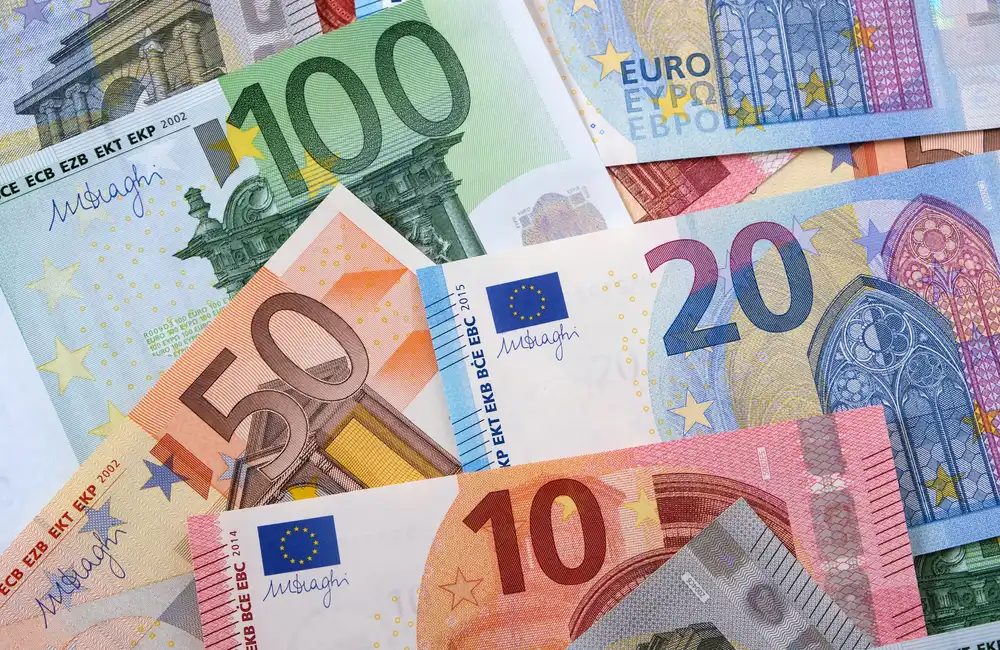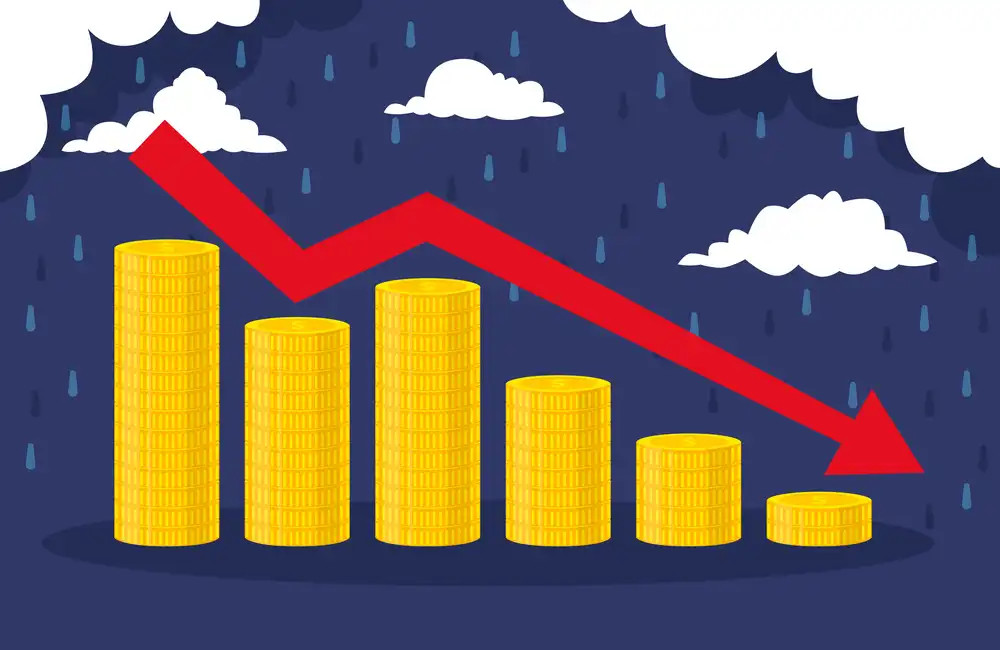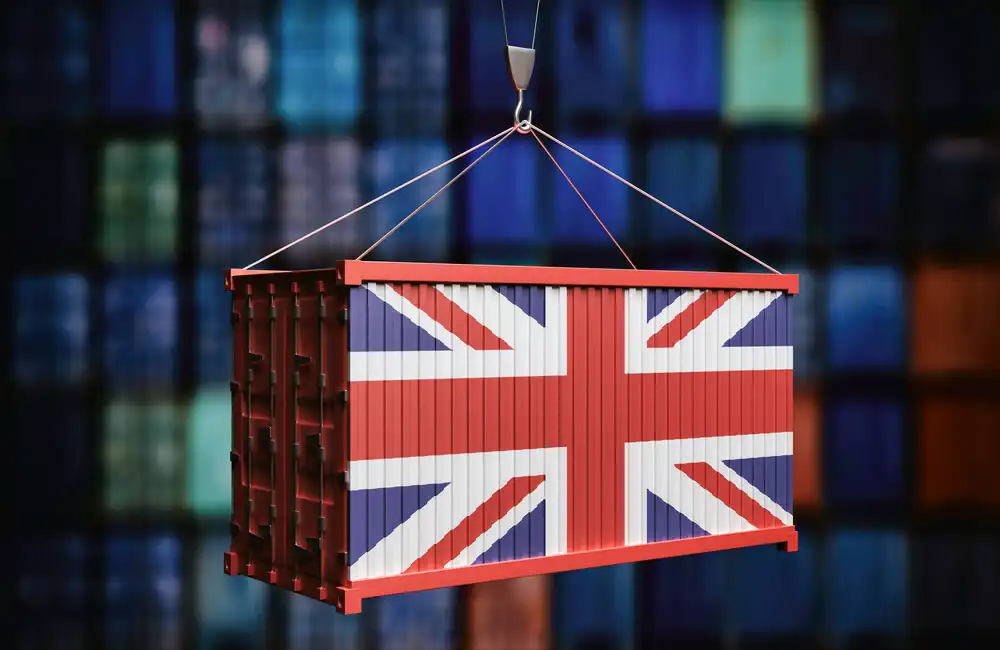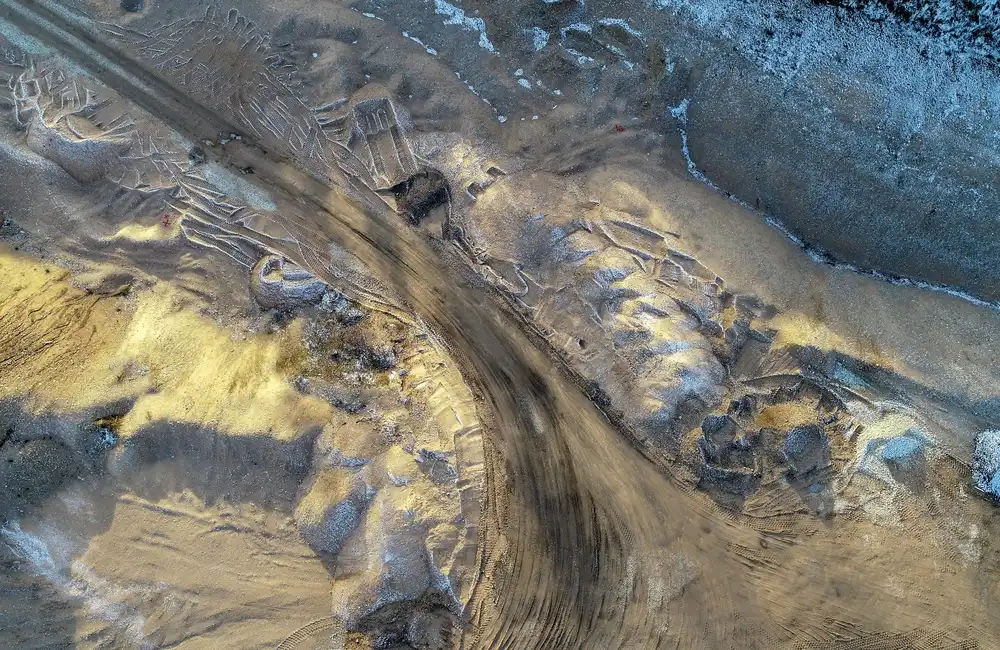Global primary nickel output is projected to rise 19% year on year in 2022 to 3.21 million mt, and the nickel deficit seen in 2021 will likely change into a modest surplus of around 40,000 mt in 2022, with mostly low-grade metal contributing to the surplus, according to Russia's Nornickel.
Nornickel went on to make allowances for the abnormal price volatility, the energy supply crunch, new COVID-19 lockdowns, and possible supply interruptions in an environment of super-tight exchange inventories, the equivalent to less than 10 days of global consumption, which could "influence the forecast significantly."
For now, the company expects refined nickel production to rise this year on booming capacities for Indonesian nickel pig iron, or NPI. Sees growing production from nickel-containing compounds for the EV batteries industry, helped by the opening or ramp-up of high pressure acid leach, or HPAL, plants in Indonesia, Australia and Caledonia and of NPI-to-matte conversion lines to increase output in the year.
Spectacular growth in NPI production (low-grade ferronickel, a low-cost alternative to pure nickel for stainless steel production) is promised this year in Indonesia. Nickel in NPI could reach around 1.1 million mt in the country, a 33% year on year increase, according to Nornickel.
Global production of nickel compounds for EVs is at 407,000 mt in 2024, a year-on-year rise of 97%.
Nornickel however revised down its ferronickel supply forecast, now seeing a 5% year on year increase rather than previously 11% rise, at 394,000 mt given operational challenges at some projects, high energy costs and geopolitical tensions from the Russia-Ukraine conflict.
Primary nickel demand is seen increasing 11% on year to 3.17 million mt as stainless steel production is anticipated to rise 9%. Nickel consumption in batteries, which is rising sharply, could increase by 27% year on year.
Strong oil and gas and aerospace sectors will moderate nickel's increases from non-stainless steel uses.
Trends with NPI-to-matte conversion on the rise
Nornickel sees the total NPI-to-matte conversion for 2022 at 92,000 mt nickel. Chinese metallurgical holding Tsingshan in the first quarter switched eight rotary kiln-electric furnaces (RKEF) generating ferronickel from laterite ore in Morowali, Indonesia, to matte production. As a result, China imported 9,000 mt of nickel in matte in January to March.
CNGR, which is based out of China, and Huayou are expected to kick off matte production later this year.
NPI has reverted to record discounts over the past months, enabling conversion economically, according to Nornickel.
Powering the saturated NPI-to-matte conversion and HPAL plants with coal-fired electric power plants, for instance, the monster carbon footprint of NPI-to-matte conversion and HPAL is 45 kgCO2/kg of nickel equivalent, which is their most significant obstacle.
Upgrading nickel pig iron, the feedstock of many battery-makers, which usually has less than 5% nickel, to nickel matte with a nickel content of 30% to 60% raises other environmental, social and governance concerns, such as deforestation and water depletion and pollution and challenges the sustainability of such companies and their products, said Nornickel.
Surplus to widen beyond 2022
With primary nickel production exceeding 3.2 million mt at the half-year mark, Nornickel is forecasting for 2023 a further 16% increase to more than 3.7 million mt.
Nornickel sees the global market developing into a 100,000 mt surplus in 2023 and beyond, but it is still expected to be all about low-grade nickel because of the influx of Indonesian NPI.
Class 1 nickel products with at least 99.8% nickel, including electrolytic nickel, briquettes, and carbonyl nickel, remain tight amid the difficulties in getting new mine supply up and running outside of Indonesia.


